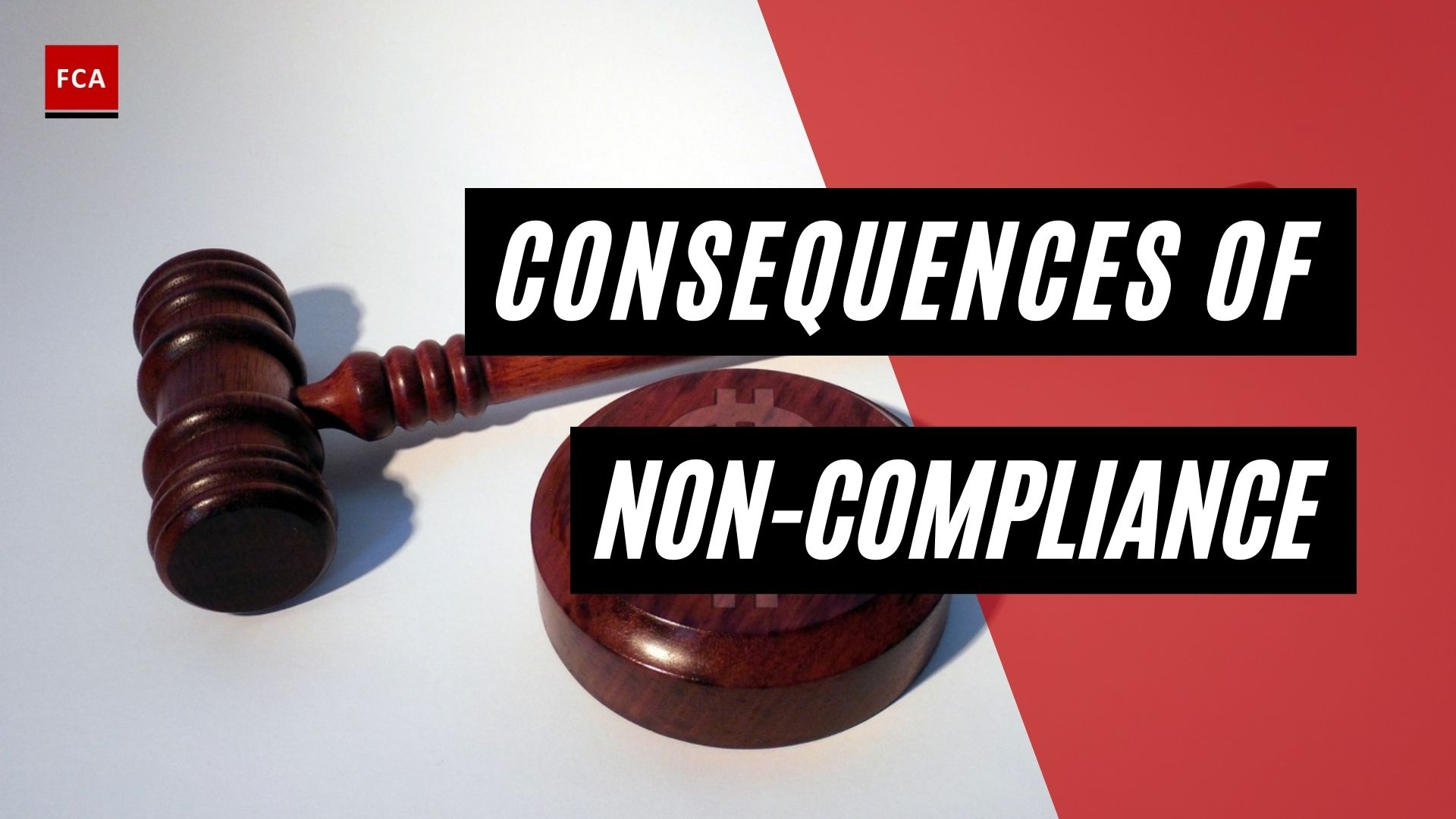Non-compliance signifies a deliberate or negligent deviation from the legal mandates, ethical obligations, and technical standards prescribed by the EU AI Act. Such misconduct exposes organizations to financial penalties, regulatory interventions, and enduring reputational erosion. As the European Union fortifies its oversight of artificial intelligence, non-compliance has become not merely a bureaucratic failure—but a critical lapse in responsible innovation and risk governance.

1. Background and Establishment
In the regulatory architecture of the European Union, non-compliance is defined as the failure to adhere to binding obligations set forth by the EU AI Act—Europe’s flagship legislative framework for artificial intelligence. This includes both prohibited practices (e.g., manipulative biometric surveillance) and failures in implementing safeguards for high-risk AI systems.
The EU AI Act entered into force in 2024, with application deadlines starting in 2025 and full enforcement commencing in August 2026. Non-compliance is not restricted to large corporations; it spans startups, research labs, and public sector entities alike if they operate within or affect the EU market.
2. Purpose and Role in the EU AI Ecosystem
Non-compliance is an affront to the EU’s vision of trustworthy, human-centric, and rights-respecting AI. The Act exists not as a formality, but as a safeguard against systemic risk—technological or social.
Regulatory obligations are crafted to:
- Prevent the entrenchment of algorithmic discrimination
- Maintain the sovereignty of human judgment
- Ensure verifiability and accountability in autonomous systems
Non-compliance, therefore, is more than a legal failing—it is a breach of the social contract undergirding AI deployment in Europe.
3. Key Impacts and Risks of Non-Compliance
Non-compliance invites a tripartite consequence profile: legal, operational, and reputational.
Legal Repercussions
Under Articles 99–101 of the EU AI Act, penalties include:
- Up to €35 million or 7% of global turnover for use of prohibited AI practices
- €15 million or 3% for breaching obligations tied to high-risk systems
- €7.5 million or 1% for misinformation or obstruction of regulatory investigations
These fines are calculated with proportionality in mind, but are meant to be dissuasive and exemplary.
Operational Disruption
- Product withdrawal or market bans
- Revocation of CE marking
- Denial of access to public tenders or certifications
- Supply chain liabilities and disruption of B2B trust
Reputational Attrition
- Public exposure of breaches through regulatory databases
- Diminished investor confidence
- Erosion of brand legitimacy
- Stakeholder and consumer backlash
In an era of AI scrutiny, non-compliance marks a brand as reckless or opaque—qualities an ethical marketplace will not tolerate.
4. Connection to the EU AI Act and the EU AI Safety Alliance
While the EU AI Act delineates compliance duties, the EU AI Safety Alliance provides a prophylactic framework for organizations seeking to avoid regulatory censure. The Alliance offers:
- Structured governance platforms
- Pre-market diagnostic tools
- Corrective action pathways
- Real-time audit preparedness
- Strategic alignment with harmonized standards
Entities that integrate the EU AI Safety Alliance into their operational ecosystem are far less likely to experience breaches—and far better equipped to mitigate damage if they occur.
5. Stakeholder Responsibilities in Avoiding Non-Compliance
Responsibility for regulatory fidelity must be distributed, not siloed. It implicates:
- Executives, for oversight and risk ownership
- AI and data teams, for embedding compliance into design
- Legal counsel, for interpreting regulatory nuance
- Quality managers, for maintaining audit trails and controls
- External auditors and Notified Bodies, for independent verification
Compliance is not a paper shield—it is an organizational reflex that must be conditioned into workflows, culture, and architecture.
6. Common Patterns and Triggers of Non-Compliance
Frequent triggers of non-compliance include:
- Misclassification of AI systems (underestimating risk level)
- Omission of documentation (especially for Annex IV technical files)
- Neglecting post-market vigilance (e.g., failure to report serious incidents)
- Deploying prohibited systems such as real-time biometric identification in public spaces without lawful basis
- Insufficient AI literacy among staff or leadership
Often, these failures are not malicious—but stem from organizational inertia, uninformed decision-making, or overconfidence in automation.
7. How to Preempt and Remediate Non-Compliance
Before Breach:
- Perform a compliance baseline audit with the EU AI Safety Alliance
- Align with harmonized standards developed by CEN/CENELEC
- Engage a Notified Body if handling high-risk systems
- Institute a compliance-by-design framework across all product stages
If Breach Occurs:
- Notify competent authorities promptly
- Isolate or withdraw the system if risks are present
- Conduct a root cause analysis and initiate remediation
- Publicly communicate corrective actions
- Re-engage with the EU AI Safety Alliance for recovery guidance
Inaction, concealment, or delay can aggravate enforcement outcomes and may erode future regulatory goodwill.

